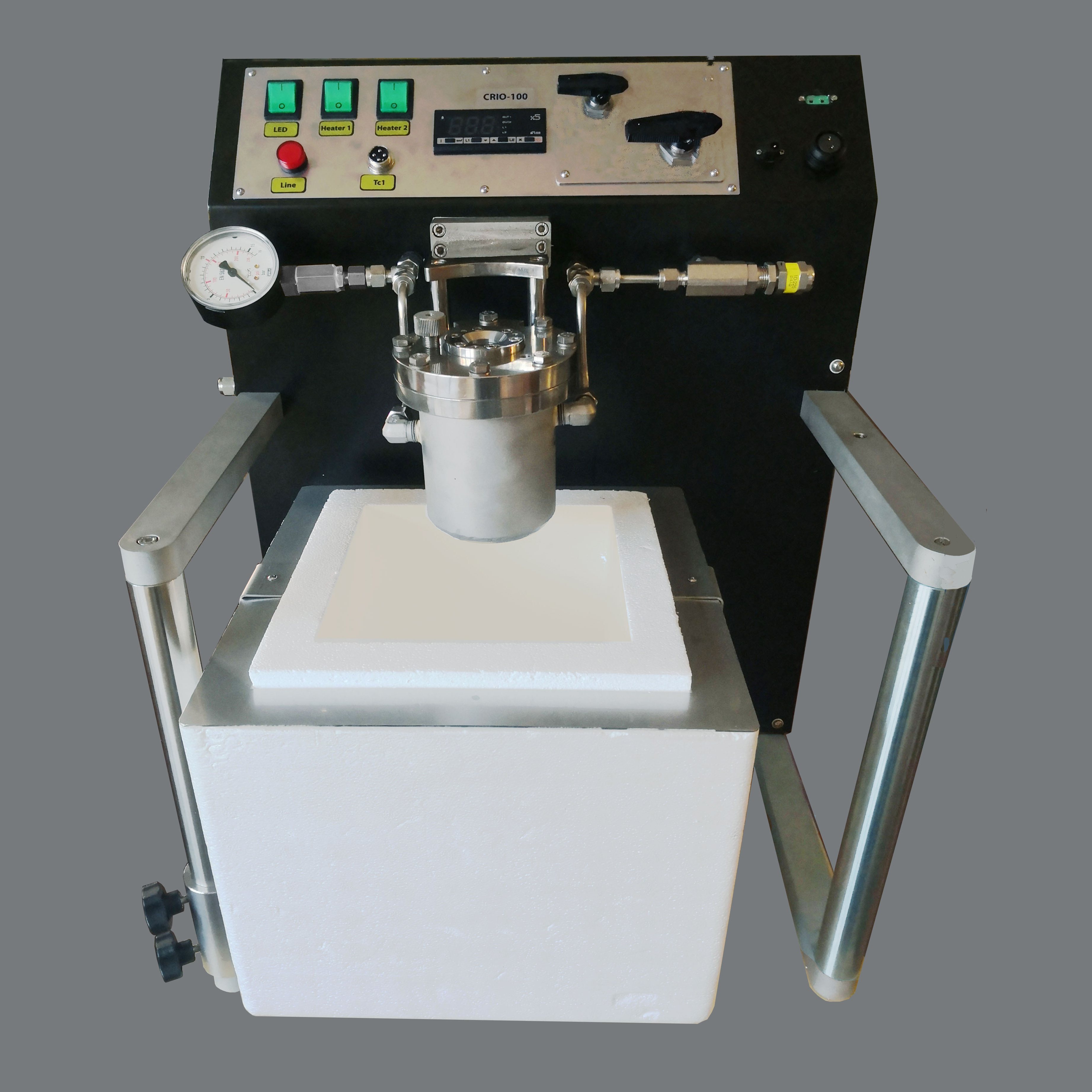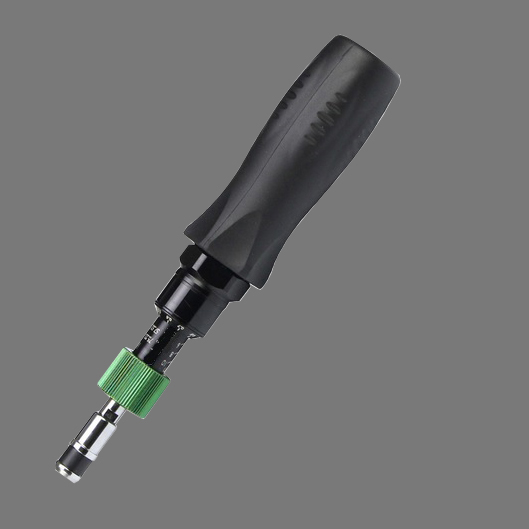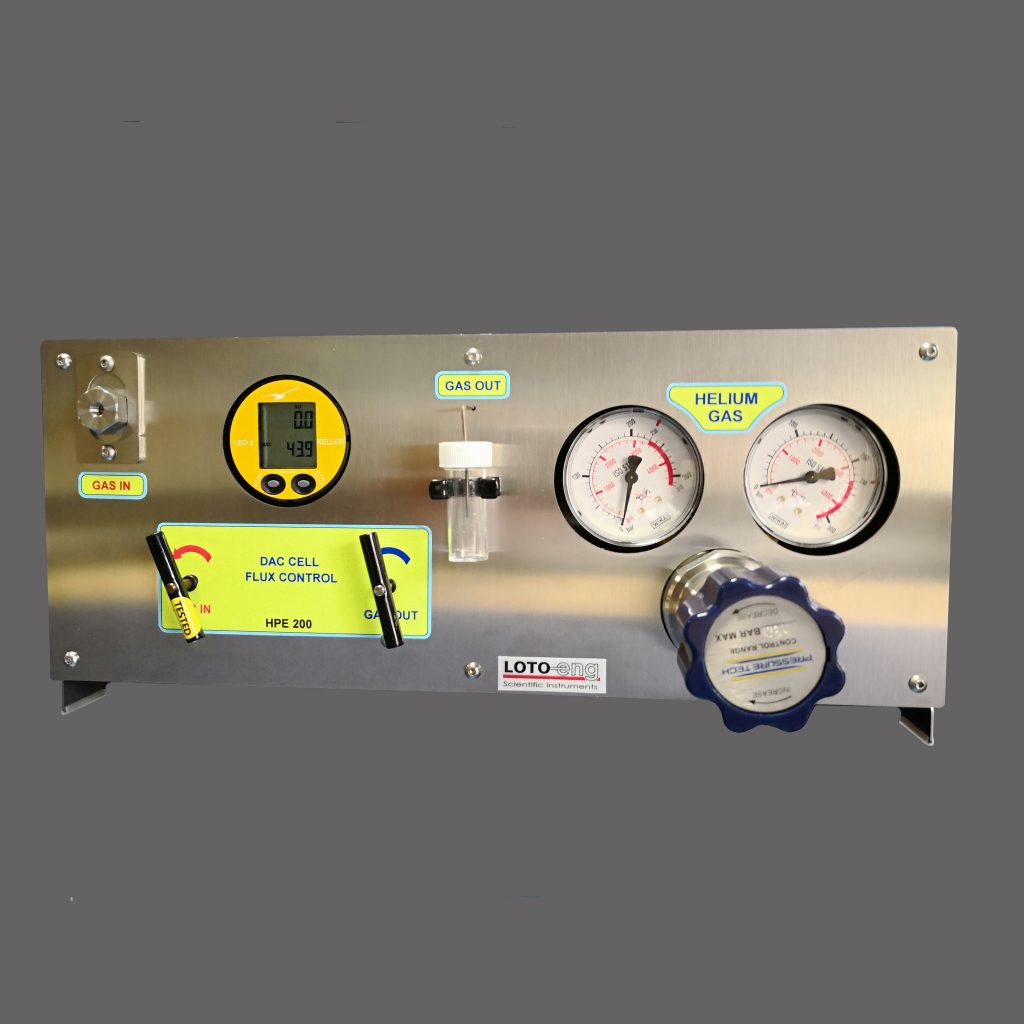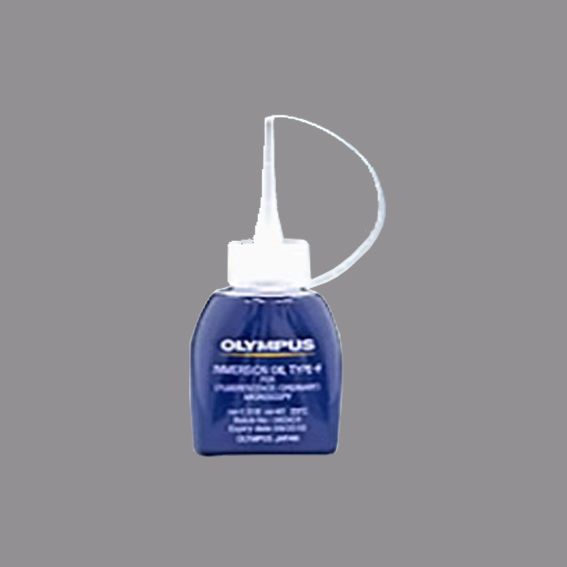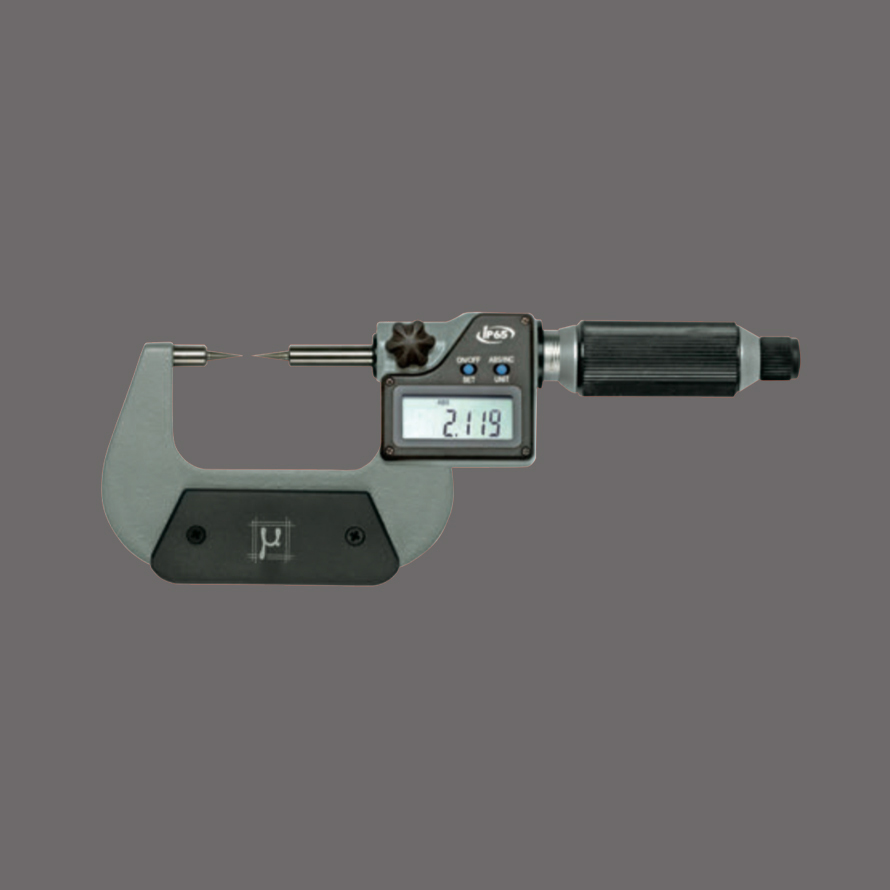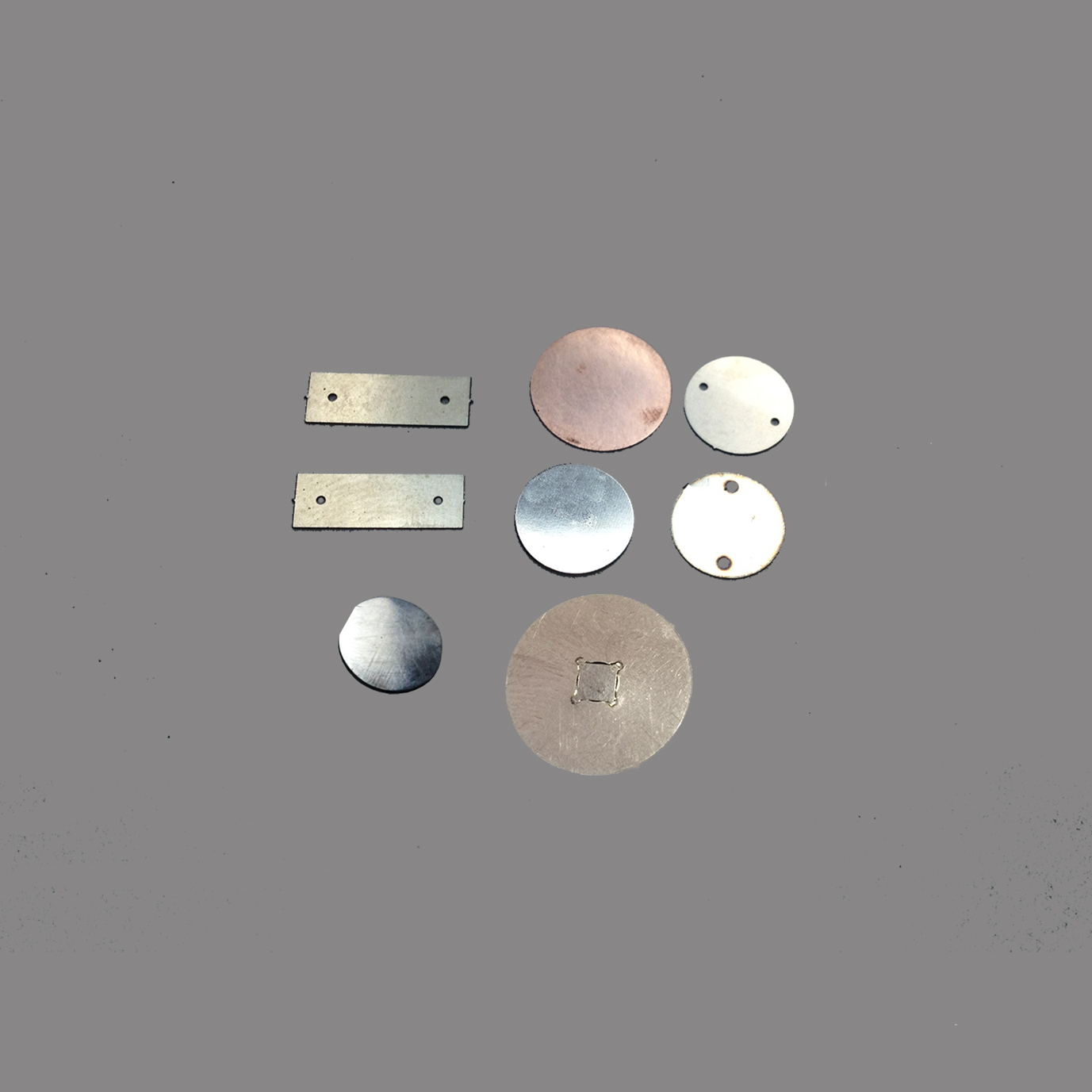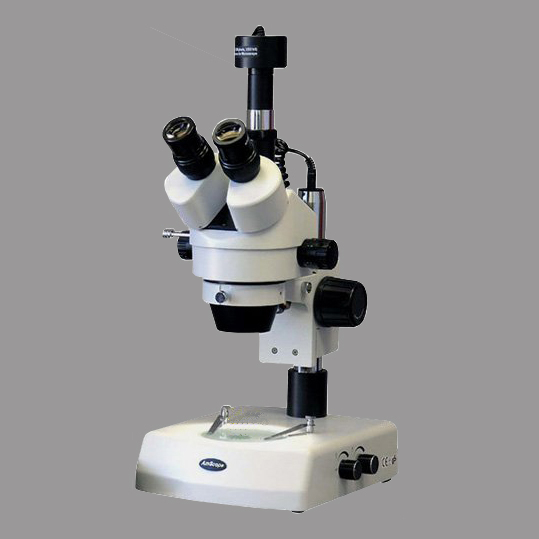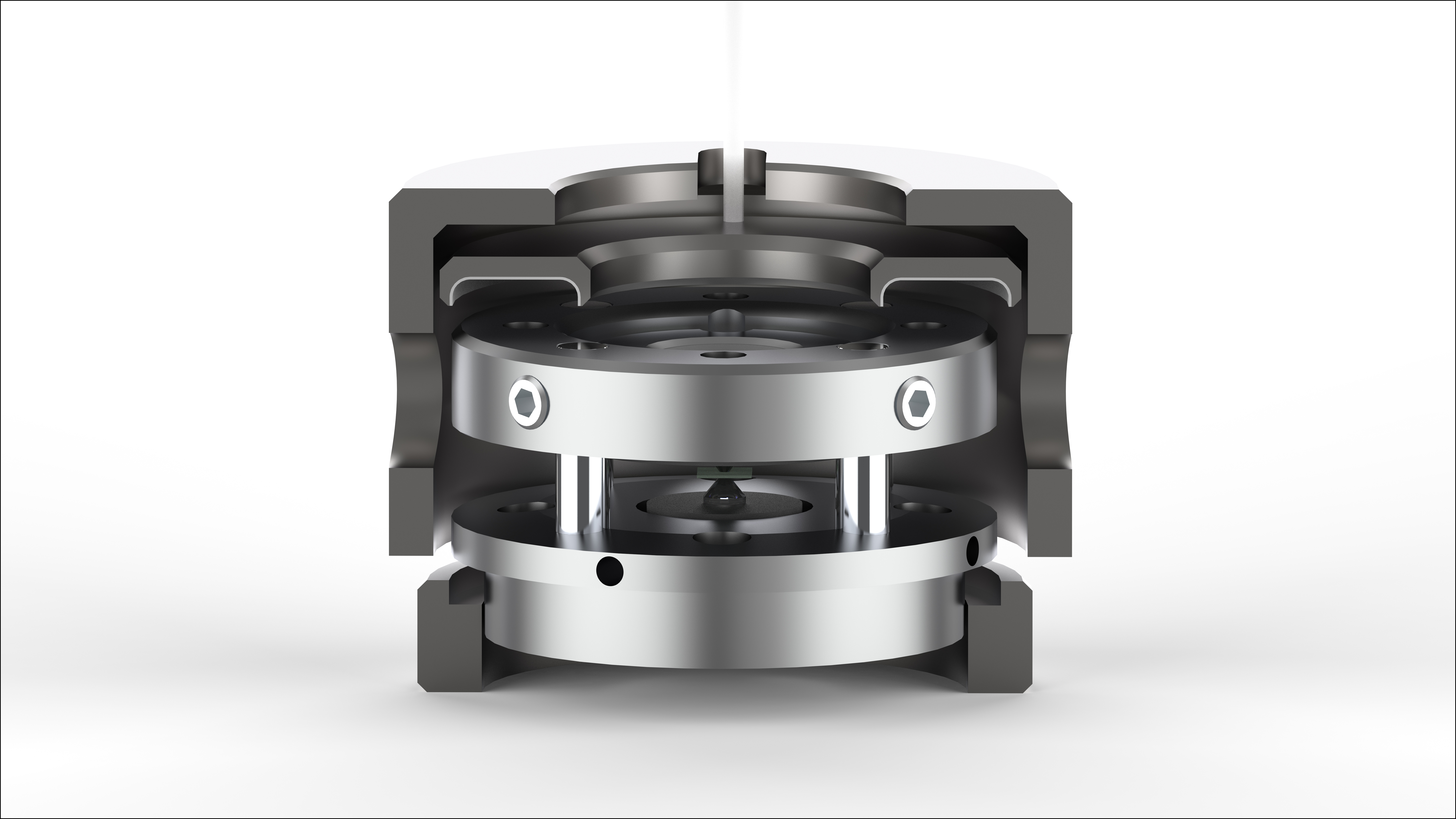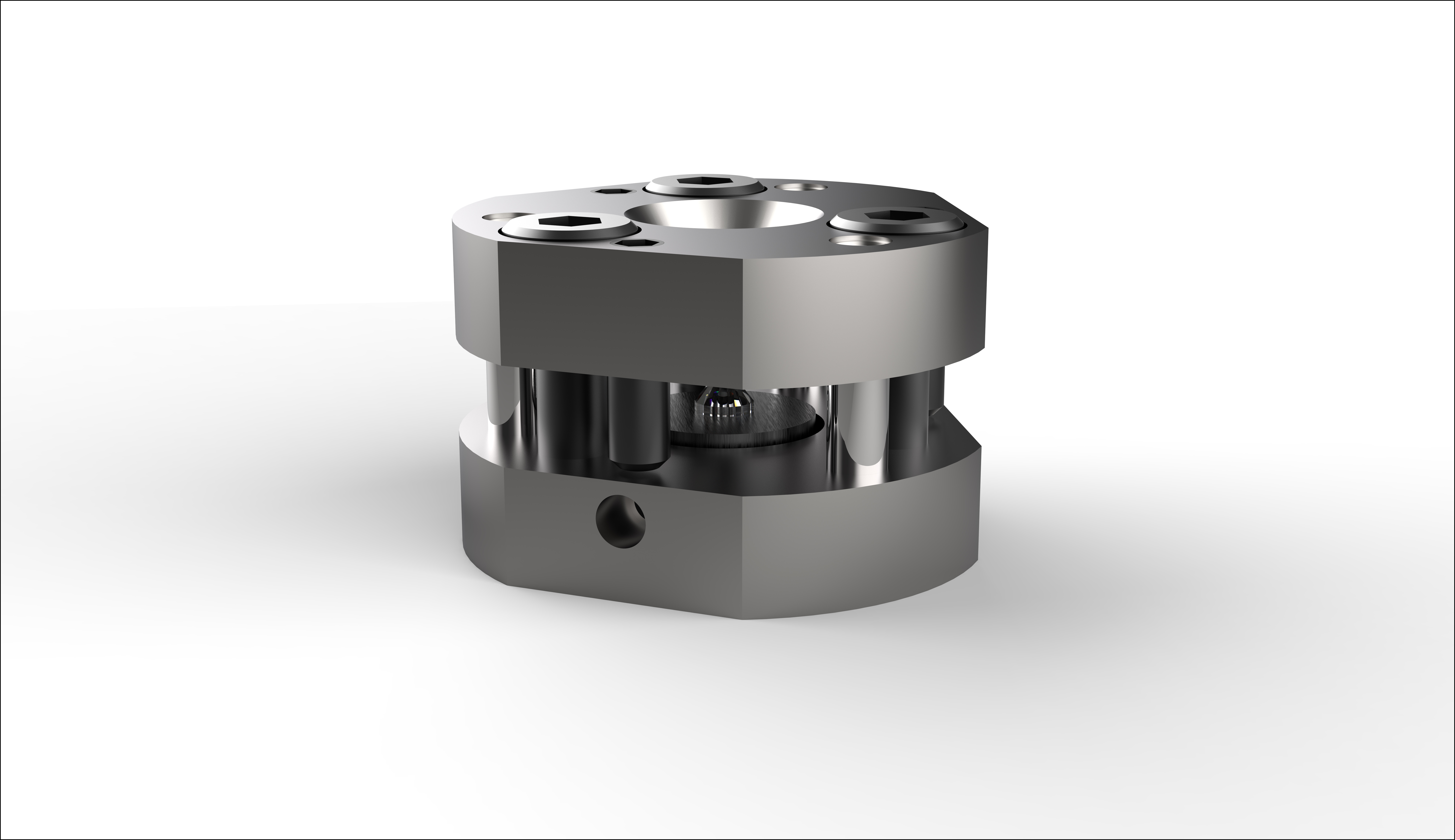Gas loading system
LOTO-eng gas-loading system for DAC cell permit to load liquid gas. Only the type of DAC endowed with a membrane can be used during gas loading, the remote-control system allows sample pressure to increase while the DAC is still immersed in liquid gas. This technique allows DACs to be loaded with condensed gases such as nitrogen, argon, oxygen, etc. The advantage over gas loading is the higher initial density that determines a smaller volume reduction under compression.
The gas-loading system has been constructed to load diamond-anvil cells with various kinds of gases at room temperature. The gases either serve as hydrostatic pressure media or samples by themselves. The present high-pressure vessel can accommodate various types of diamond-anvil cells simply by changing the holder.
How it works?
The gas-loading apparatus you can see on the layout below. The DAC is placed inside the gas-loading chamber and its flange closed. Fluxing of the gas-loading with pure argon gas will guarantee the presence of only argon in the chamber. Is possible to use a vacuum pump to evacuate all the impurity inside.
Then the gas-loading may be placed inside the vessel which will also hold the liquid nitrogen. Liquid nitrogen is then spilled in to this vessel, while pure argon gas is let into the DAC’s chamber at an optimum rate. The level of liquid argon collected in the vessel is monitored through the top glass viewing port of the gas-loading helped of a blue light. Once the desired level, surely over the diamond anvil is reached, the flow of liquid gas can be stopped a. The DAC by remote control is then tightened so that liquid gas becomes trapped in the gasket hole between the diamond anvils.
The cell then be removed from the gas-loading and slowly brought back to room temperature. A low temperature heat exchanger ensures a very efficient cooling and condensation of the argon gas. A special microvalve made by LOTO allows to close the capillary and disconnect the DAC from the gas loading kepping pressure in the membrane.The valve is small so to fit together with the DAC in the gas or cryogenic loading chambers. For this last purpose the microvalve has been tested up to 200 bar at room and at liquid nitrogen temperature. In this way is possible to linked again the cell to the pressure device.
TECHNICAL DATA
| GAS FILLING USED | Argon, Oxigen, Nitrogen etc. Helium not admitted |
| DAC TYPE | Remote control by membrane |
| VACUUM PUMP | 10-3 bar |
| CUULING GAS | Nitrogen |
| LED LIGHT | Blue |
HIGHLIGHT
- Easy to change gas
- Remote control by membrane using helium gas
- Control gas filling
